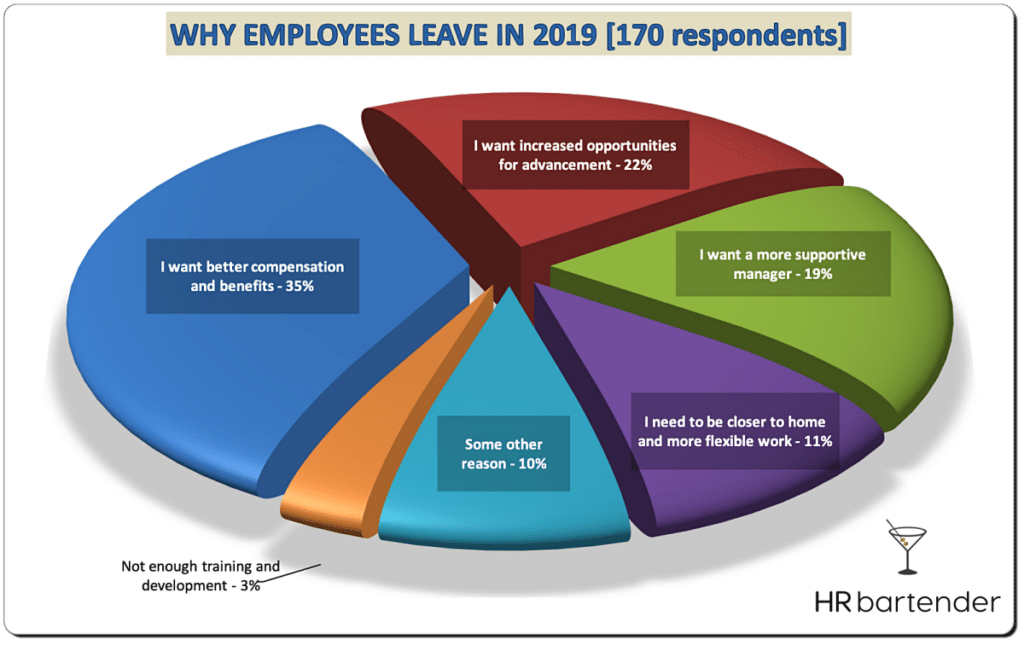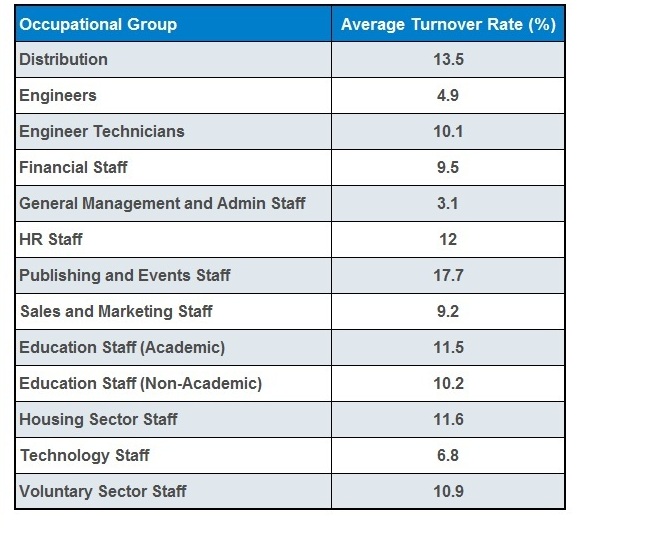

Work units with high potential for turnover send out warning signals, according to Gallup research, but managers and executives must know where to look:ġ. (See graphic "The Top Five Predictors of Turnover.") The Top Five Predictors of Turnover Workers in roiling departments often say they don't fit their job, that their coworkers aren't committed to quality, that their pay and benefits are bad, and that they aren't connected to the purpose of the organization or to senior management. According to Gallup research, if the people in a work unit say their manager's expectations are unclear that the manager provides inadequate equipment, materials, or resources and that the opportunities for progress and development are scanty, there will be trouble.

Work units with high potential for turnover send up signal flares, but you have to know where to look to see them. But there are additional ways to predict turnover in a business unit. And managers who can't or won't alter the factors that drive turnover can expect to be writing help-wanted ads in the near future. Notice a pattern? Most of the reasons employees cited for their turnover are things that managers can influence. Much smaller percentages quit because of flexibility or scheduling (7.7%) or job security (1.7%). And 16.5% said they were leaving, like Anna did, because of management or the general work environment. The most common answer respondents gave for why they were moving on was for career advancement or promotional opportunities (31.5%), while 20.2% said they lacked job fit. When asked if their pay, from an objective viewpoint, was appropriate for the work they do, 42.9% of engaged workers said it was, compared to 15.2% of not engaged workers and 13% of actively disengaged employees. The polls found that the median pay for all nonmanagerial respondents was between $25,000 and $35,000. Pay can seem adequate to engaged employees and an insult to actively disengaged workers, even when the pay rate is essentially the same. When those who quit voluntarily were asked why they quit, "pay and benefits" was the second most common answer, but only 22.4% of respondents mentioned it. Of those who quit their jobs, 82.8% left their companies, while 17.2% moved to a new position in the same company. Gallup conducted two polls in 2006 regarding turnover.

Money is important, but it doesn't buy employee loyalty. Still, many bosses think - like Anna's does - that all turnover comes down to money. At least 75% of the reasons for voluntary turnover can be influenced by managers. Harter, Ph.D., Gallup's chief scientist for workplace management, people leave companies because of factors that filter through the local work environment.

But the reasons people leave might not be what most bosses think.Īccording to James K. What's more, a set of engagement elements explains 96% of the attitudes that drive voluntary turnover rates for work units. working population, exit interviews conducted on behalf of several companies, and Gallup's selection research database, most people quit for a few explainable reasons. According to Gallup research, which included a meta-analysis of 44 organizations and 10,609 business units, Gallup Polls of the U.S. Unfortunately, this is a common problem - and a common management response. I could have more money or fewer hours, but nothing else was any different. So two days later, he comes back with a new offer. "I said that the working conditions were not conducive to effective performance, because I couldn't say the truth - that he made us all miserable. "When I turned in my letter, said he was surprised and wanted to know what it would take to make me stay," says Anna. Turnover can be predictable if you know what to look for. She had held the same job for 19 years and never registered a complaint, so her resignation came as quite a shock to her manager.


 0 kommentar(er)
0 kommentar(er)
